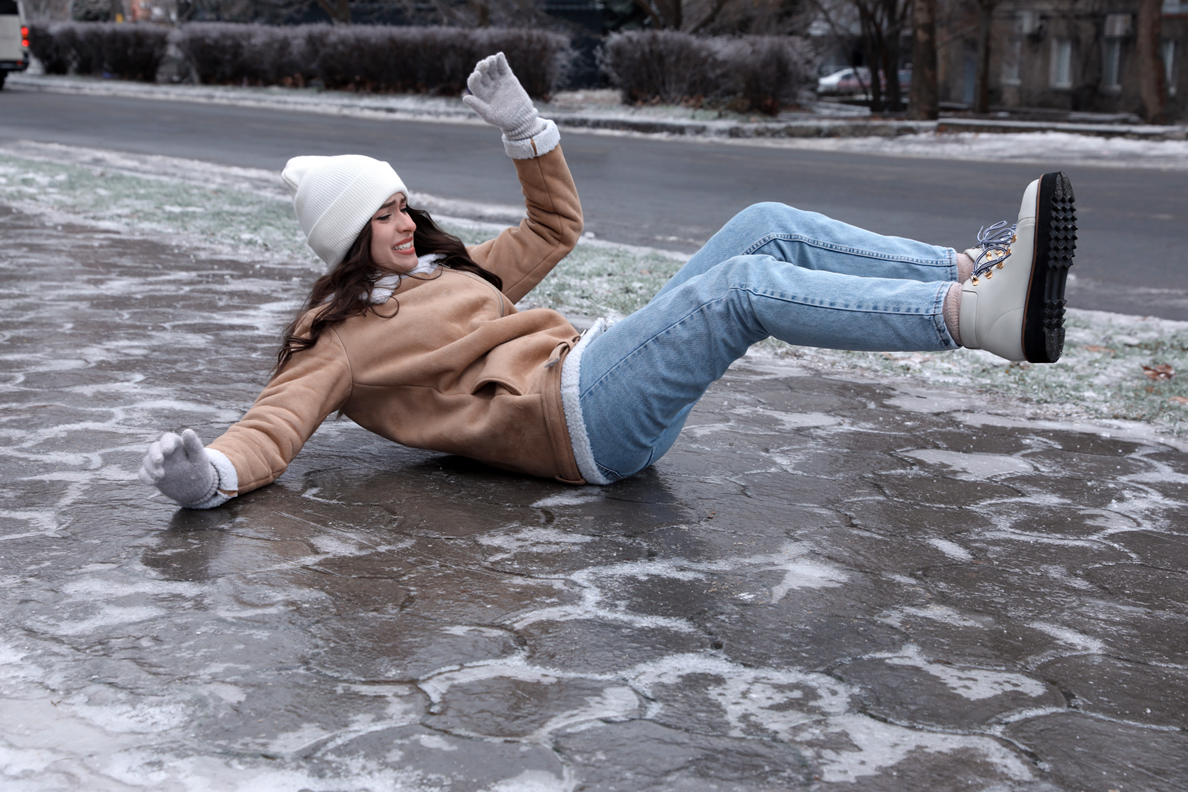| News & Alerts for FCMG | View All |
Winter Weather Tips
Snow and ice may be a joy to look at, but they also pose risks to humans! Here are a few things tips to bear in mind -- and reduce the need for visiting one of our providers due to a winter injury!
WINTER WALKING
- Walk slowly and take short steps to maintain balance.
- Wear boots or shoes with good traction to help prevent slips and falls.
- If you have to walk on ice, try to walk on a cleared path or the grassy edge of the sidewalk, as the ground is likely to be less slippery.
- Hold onto something stable, like a railing or the arm of a companion, for added balance.
- Keep your hands free in case you need to catch yourself if you start to slip.
- Try to avoid carrying heavy items, as they can throw off your balance.
- If you do fall, try to fall backwards and onto your buttocks, as this can help protect your head and spine.
- If you see someone else who has fallen on the ice, try to help them get up safely, but be careful not to fall yourself.
WINTER DRIVING
- If you are driving in winter weather, slow down and increase your following distance. Use lower gears when driving uphill, and avoid using cruise control to help maintain control of the vehicle.
- Make sure your vehicle is equipped with winter tires or all-season tires with good tread. Keep a winter emergency kit in your car in case you get stranded.
- Keep your headlights and taillights clean so you can see and be seen.
- Use your brakes gently to avoid skidding. If your brakes lock and the car begins to skid, ease off the brake pedal and try steering in the direction you want the front of the car to go.
- Avoid using the parking brake in cold, wet, or snowy weather, as it can freeze and become difficult to release.
- If you start to skid, do not panic. Turn the steering wheel in the direction of the skid (for example, if the rear of the car is sliding to the right, turn the steering wheel to the right).
- If you are driving in snowy or icy conditions and the rear of your car begins to slide, turn the steering wheel in the direction of the skid and take your foot off the gas pedal until the car comes to a stop. Then turn the steering wheel back in the direction you want to go and gently accelerate.
- Avoid driving through large puddles of water, as they can hide deep potholes or washouts that could damage your car or cause you to lose control.
- If you get stuck in the snow, do not spin your wheels. This will only dig you in deeper. Instead, turn your wheels from side to side a few times to help push snow out of the way, and then gently rock the car back and forth to try to free it from the snow.
WINTER WARMING
- Keep a safe distance from heaters and open flames.
- Make sure all heating equipment, such as fireplaces, wood stoves, and space heaters, are properly vented and have a screen to prevent sparks or embers from escaping.
- Never use a stove or oven to heat your home.
- If you use a fireplace, use a metal or glass screen to keep sparks and embers contained.
- Have your heating system inspected and serviced annually by a qualified professional.
- Keep flammable materials, such as curtains and furniture, at least three feet away from heat sources.
- Install and test smoke alarms and carbon monoxide detectors, and make sure they have fresh batteries.
- Have a plan in place for how to safely evacuate your home in the event of a fire.
- Never leave lit candles unattended.
- Keep portable generators at least 20 feet away from the house and never use them inside the home or garage.




